Healing Wines and Liquors
(above) Ginger (Gan Jiang), Garlic (Da Suan), and Wolfberry (Gou Qi Zi) medicinal liquors.
Alcohol (wine, liquor, etc) was a prescribed medicinal long before it arrived in a martini glass. I can see how people might potentially get rather excited about healing with alcohol, it would be oh so convenient! Perhaps the whole concept of medicine brings to mind sterile green hued rooms, uncomfortable exams, or poor tasting pills and tinctures and that's why a healing wine might seem to come in extra handy in the midst of all this poking and prodding. Before you get carried away, while you can definitely use wine and/or liquor as a medicinal, if you pass the point of no return (i.e. you start dancing the funky chicken to ABBA after too much imbibing), you will technically be canceling out the benefits - this is of course if you are aiming to use it as a medicinal. Generally speaking, dosages for medicinal wines or liquors will be a few tablespoons a day or a small shot glass, but no more. And if you have an allergy or intolerance to alcohol, then this is not the treatment for you. Over consumption of alcohol leads to what they refer to as 'dampness' and 'heat' in TCM (Traditional Chinese Medicine). This can lead to sluggishness, phlegm, liver toxicity, and weight gain. But enough about the detriments as they are not news to you I'm sure, let's talk about the benefits and a little about the history of medicinal wines and liquors.
The Romans had a special history with medicinal and recreational wines. An interesting quote from that time in the Corpus of Latin Inscriptions was “Baths, wine, and sex ruins our bodies. But what makes life worthwhile except baths, wine and sex?”. It was understood how wine could become a detrimental substance but that it was also very useful in medicine in either tinctures or poultices and could be traced all the way back to Ancient Roman times. They in fact used it primarily as a medicinal substance (with caution) before it proceeded to become the social lubricant that it is today.
Medicinal wines and liquors have a long history around the world. This seems to be the case for a lot of the more common food medicinals out there as well (i.e. garlic, salt, ginger, mint, licorice, etc.). A wonderful example of a common medicinal liquor that you can find around the world is in fact licorice based*. Though the French refer to their licorice liquor as Anise it is actually made from licorice root as well as anise and many other ingredients. The following are all considered digestives in their respective countries and have licorice root as an ingredient as it is used in aiding digestion as well as treating cough: the German Jägermeister; the French Pastis; the Colombian Aguardiente; the Portugese Aguardente; the Chinese gan cao (licorice root) which is added to almost all herbal decoctions and tinctures; the Danish Gammel Dansk; the Greek Ouzo; the Italian Sambuca; the Turkish Raki; the European (originally Swiss) Absinthe; the Hungarian Unicum; and the Czech Becherovka. I'm sure there are more but these are the ones I know of, if you know of any more please feel free to post a comment. All these liquors have licorice root in common but they are all slightly different as they also contain each countries version of additional medicinal herbs and spices (anise often being one of them as well as mint, rosemary, and a plethora of other herbs). I have not found an extensive history on how licorice root traveled from Asia to Europe, but I am on the hunt to figure out how it is that all these digestive liquors around the world ended up with licorice root! Wikipedia does a decent job on it's dissection of licorice and it also touches on one of my favorite uses of it in Scandinavian, German, and Dutch salty licorice candies.
above two pictures) Some of the more common licorice based liquors found in stores today.
Another common European and North American use of liquor as medicine is the use of brandy, sometimes infused with peppermint or lemon, when you are getting sick or have a cold. It was and still is recommended to take a small shot of brandy even for children, though nowadays I suppose people would get up in arms about this as a treatment (re: toddlers). For stomach ailments, cognac is the preferred liquor, sometimes mixed with a sugar cube and warmed up. Cognac is also used for colds and flus. USA Today wrote a little blurb on the recent elderberry wine phenomenon and the history of it's roots as a medicinal wine during ancient Egyptian times along with other herb infusions such as mint, sage, corriander, and wormwood (the psychogenic ingredient in Absinthe).
In Traditional Chinese Medicine there is also a long history of the use of wine and liquor as a medicinal (often the two words are used interchangeably in Chinese as jiu is the word for a liquor and can be used to mean wine or other types of alcohol). Jiu is considered to move the blood and circulation. It is very common to make medicinal wines, often with a rice based wine though bai jiu (white alcohol, much like voldka) is also used. You have likely seen pictures or heard of the snake wines and scorpion wines already but I will share a few pictures I took in Angguo Medicinal Herbal market in China below. The idea behind these in particular is to harness the most medicinal benefit out of an expensive medicinal, whether that be snake, gekko, deer penis, scorpion, or ginseng, amongst many others. The wine enhances the benefit of the medicinal and depending on each one, they tend to bottle them and let them sit for 6 months or more if they are a animal-based or root-based wine. Scorpion and snake are said to be very good in treating issues with motility as well as virility in the case of snake. Ginseng is a very popular ingredient used in medicinal wines and can be one of the more expensive and prized medicinal herbs out there, here is a site with pictures and information on ginseng wines.



There are also the cheaper and more commonly known medicinals such as ginger, garlic, chrysanthemum flowers, all used either alone (more for acute conditions) or in an endless combination as everyone has their 'secret' recipe. You will be hard pressed to find a full list of the ingredients in many of the medicinal wines, this is a massive industry in Asia in general and the 'secret recipes' are not easily shared. In Thailand they make yadong which is likely derived from the Chinese influence as it is a rice wine based medicinal with a mixture of TCM herbs. You can find an endless variety of recipes for yadong, but as I mentioned they are all TCM medicinals and you can even go and get one formulated for your particular constitution as you would in Chinese Medicine. The concoctions that are made with herbal formulas are more for long term usage in treating chronic conditions or for general health (aka. longevity). I should emphasize again that it's a good idea to get a diagnosis before you begin indulging in taking these on a regular basis. It's quite easy to buy many a medicinal wine which purports to treat a long list of ailments but if you don't know what your TCM diagnosis is you could potentially do more damage than good.
In TCM alcohol has the quality of being nourishing, circulating, and dispersing, therefore it can be very beneficial in treating colds and flus as well as being a tonic in chronic conditions as I mentioned before. I will share a few simple techniques with you if you choose to play with this at home, but I recommend you stick to these types of infusions for the following: a cold in the initial stages, red eyes, acute cough, or stomach upset - however, if these conditions persist or you have something more complex, please seek out a diagnosis and appropriate treatment from a doctor or TCM practitioner**. You can buy these ingredients and let them soak in alcohol (rice wine or voldka). Generally, in the treatment of an acute condition in the early stages (such as a cold) you can use one simple ingredient. In the treatment of more complex and chronic conditions you would need to first get a diagnosis from a TCM practitioner and then have them formulate a bu jiu (tonic wine) for you. A medicinal wine can also be known as jiu ji or yao jiu (they have distinct accent marks to differentiate the word in Chinese but they are not displayed here). The medicinal wines I am going to share with you below are okay/safe to try at home and as I have described. Many people use these as home remedies in Asia and it is something I am happy to share with people here so that you too can benefit from this wonderful knowledge. And now that I've made it sound sufficiently mysterious...
I chose to make my medicinal wine/liquor with garlic, ginger, and wolfberries (three separate concoctions). The garlic infusion can be used to fight a cold or infection in the the early stages as well as acute indigestion by taking a small shot or 2 tablespoons the moment you feel sick, you can do this for the first two days of a cold but if it lingers on make sure you are getting additional advice. The ginger infusion can also be used for a cold, flu, or acute cough and for digestive purposes if you are experiencing acute diarrhea or soft stools (also take a small shot). The wolfberry infusion can be used for acute red sore eyes and to move the blood and circulation, do not use this if your are experiencing acute or chronic diarrhea and this is also not to be taken regularly as wolfberries can have side effects in some people if taken too frequently. This is not to say that wolfberries are dangerous, they are available in almost any Chinese market or a variety of Asian supermarkets as a food substance (and also recently at Whole Foods), but don't go taking it every day for the rest of your life please!
Back to the formula: once you have mixed the alcohol with the medicinal you choose to use, you should let it sit sealed in the bottle in a dark cool place that is not exposed to sunlight or heat during the day. If it is one of the medicinals I mentioned above, the idea would be to let it sit for 2 weeks and shake it twice a day. Once it has sat that long it will last at least 6 months or longer but transferring it into fridge would be best if it is in danger of being exposed to heat or sun. You can strain out the herbs so you are only taking in the liquid, and sometimes it is advised to warm it up slightly so that you can get the added medicinal benefit of the warming properties (better for your digestion and in also in cases of a cold). If any of you are wanting more information on this or need to be referred to a TCM practitioner, I am happy to help you with information on how to find a licensed professional. I can not share more complex formulas with you than this because you need to be trained in the nuances of TCM herbs and diagnosis in order to formulate them appropriately. These however, are safe (if not over used) home remedies you can hopefully benefit from.
I chose to use Smirnoff voldka (which is technically like the Chinese bai jiu), it's well priced, decent tasting, and of good quality. If you can find a higher proof white liquor it is thought that it will harness more medicinal benefit, use with caution.
This is the ginger root I used, I picked a nice big well formed fresh ginger and used about 1/3 of it for approx. 1/2 liter of liquor.
I sliced the ginger length wise in semi thin and long strips so they would fit in the bottle.
I created a funnel out of an old squeeze bottle honey container I had kept by chopping off the bottom (it is definitely useful to keep old bottles no matter what anyone says!)
Voldka bottle and half filled bottle with ginger and voldka.
Finished ginger voldka infusion. Remember to let it sit for two weeks in a semi dark place (no sun exposure) and shake it 2 times a day.
Close-up of ginger sitting and marinating in voldka.
Mini version of garlic and voldka infusion.
Wolfberry infusion (the wolfberries will hydrate and plump up so be prepared for them to expand in whatever you decide to make your medicinal wine in).
As a last final side note here, I've noticed that many a fine bar establishment have begun to do their own voldka infusions which may be for the added benefit of 'medicinal qualities' (maaaayyybe) or just because a ginger infused voldka tastes lovely in a ginger martini! I do think that it was inspired and originated from the medicinal theory but it is now arriving at your local bar in a modern new dress. The Russian Samovar restaurant and bar in NYC (at least the last time I went there) had big clear vats of voldkas with many a ingredient including but not limited to : garlic and ginger! Let me know if you try it.
(notes)
*The anise flavor lends confusion to it being anise-based, but there is a distinction between licorice root and anise even though they taste similar - the topic of licorice root deserves a whole entry in the future.
**I know I keep saying this, but it is important that you act responsibly when taking any medicine whether that is a pharmaceutical or a Chinese Medicinal Formula.



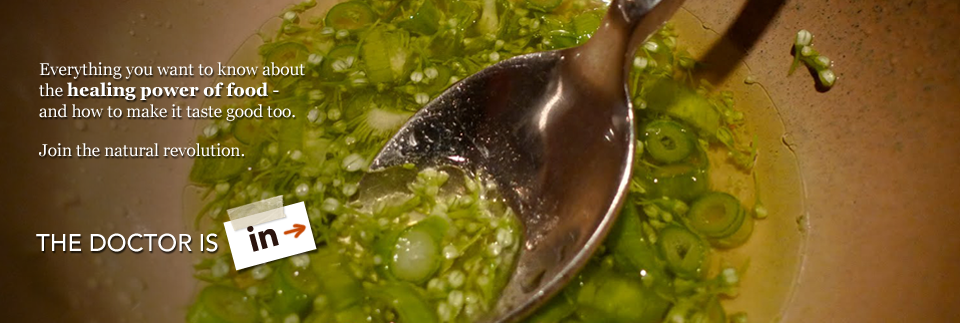
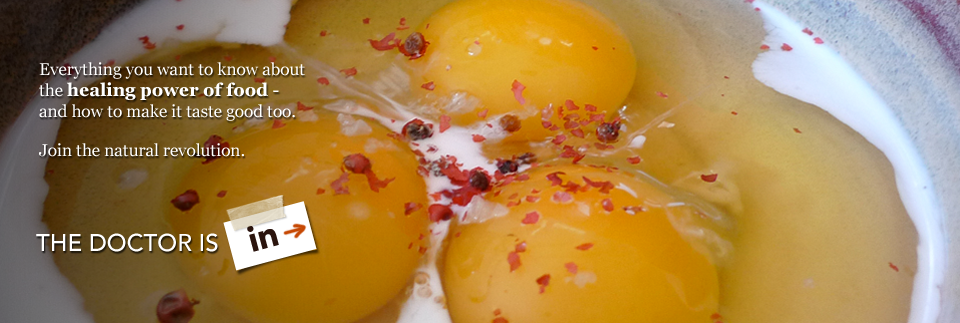
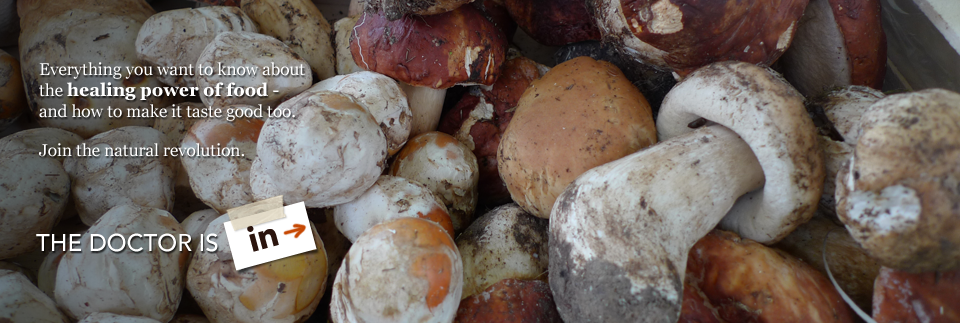
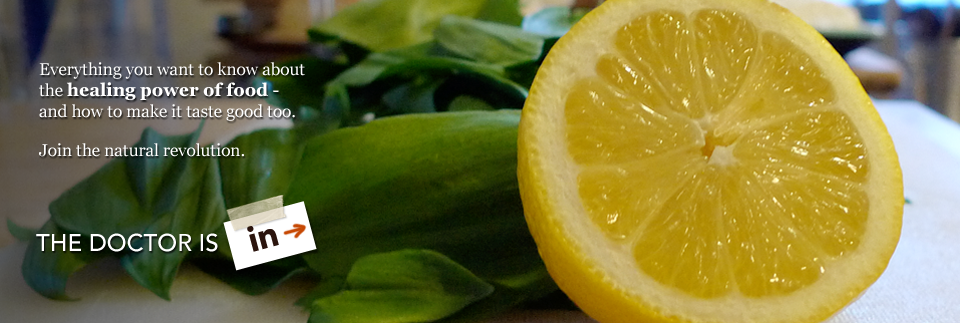

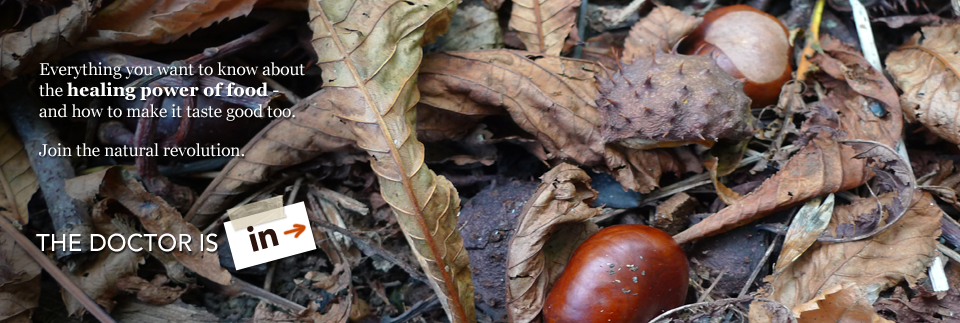
Post new comment